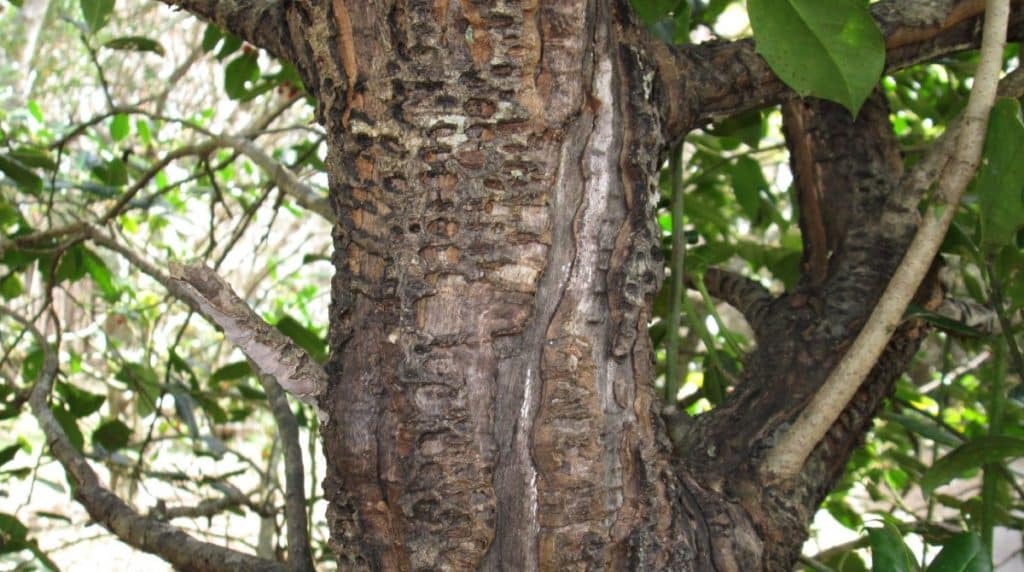Introduction
Salt Lake County trees face several serious diseases including anthracnose, Coryneum blight, powdery mildew, and fire blight. Your trees matter. They shade your home. They clean your air. They make your yard beautiful. But diseases threaten them every year.
Many South Salt homeowners watch their trees struggle. Leaves turn brown. Branches die back. Trees lose their strength. You feel worried. You wonder what went wrong. This happens to almost every tree owner in our area.
We understand your concern. Our certified arborists know Salt Lake County trees well. We’ve treated hundreds of diseased trees. We know what works here. This guide shows you exactly how to protect your trees and fight back against disease.

Combatting Common Tree Diseases in Salt Lake County
Coryneum Blight
Coryneum blight creates small circular leaf spots that drop out and form holes. This fungal infection attacks fruit and ornamental trees. It loves cool, wet springs. Utah’s weather creates perfect conditions for this disease.
Symptoms
Look for tiny brown spots on leaves. The spots have dark rings. Centers drop out. Leaves look like someone shot holes through them. Blossoms and fruit get spots too. Infected branches may die back.
How to Combat
Remove infected leaves and branches immediately. Don’t leave them on the ground. Rake up fallen leaves in fall. Apply fungicide in late fall. Reduce leaf wetting by watering at soil level. Plant resistant varieties when possible.
Anthracnose
Anthracnose causes dying terminal foliage, bud damage, and premature leaf drop. This fungal disease spreads fast during wet springs. Maples, sycamores, and oaks suffer most. Leaf browning and twig dieback signal infection.
Symptoms
New shoots look blackened. Buds fail to open. Leaves develop brown patches. Witches’ broom growth appears (twisted, dense branch clusters). Leaves drop early. Trees look thin and weak.
How to Combat
Clean fallen leaves every fall. Prune infected limbs below the damage. Apply fungicide in early spring. Use systemic treatments on valuable trees. Water deeply during dry periods. Improve air circulation through proper pruning.
Powdery Mildew
Powdery mildew appears as white or gray powdery patches on leaves and shoots. This fungal infection weakens trees. Apple trees suffer most in Utah. Warm days and cool nights create ideal conditions.
Symptoms
White powder covers leaves. Shoots look dusty. Leaves curl and distort. Growth slows down. Buds lose viability. Trees look unhealthy overall.
How to Combat
Prune branches to improve sunlight. Increase air circulation around the canopy. Remove crowded growth. Water at the soil level. Avoid overhead watering. Apply sulfur or neem oil if needed.
Fire Blight
Fire blight blackens blossoms, shoots, and branches and spreads rapidly. This bacterial disease kills apples and pears. It moves fast in spring. One infected branch can spread to the whole tree.
Symptoms
Blossoms turn black. Shoots wilt suddenly. Branches look burned. Cankers form on limbs. Oozing appears on bark. Trees decline quickly.
How to Combat
Prune well below infected tissue. Disinfect tools between every cut. Remove infected branches in dormant season. Apply copper treatments in winter. Consider tree injections for severe cases. Sterilize pruning equipment with bleach.
General Disease Prevention and Management
Proper Watering
Proper watering prevents stress-related disease vulnerability during dry periods. Water deeply at the soil level. Water early morning. Avoid evening watering. Stressed trees catch diseases easier.
Mulching
Organic mulch helps retain moisture and protect roots. Use 2-4 inches of mulch. Keep mulch away from the trunk. Never let mulch touch bark. Good mulch prevents root problems.
Pruning
Routine pruning removes dead, diseased, or crossing branches. Pruning boosts airflow. It increases sunlight penetration. Remove dead wood first. Cut crossing branches. Thin dense areas.
Sanitation
Sanitation removes fallen leaves and fruit that carry disease. Rake leaves in fall. Remove dead branches. Clean up fruit. Dispose of diseased material properly. Don’t compost diseased leaves.
Soil Health
Balanced soil fertility supports strong tree immunity. Test your soil. Add nutrients if needed. Avoid over-fertilizing. Healthy soil means healthy trees.
Professional Help
Consulting a certified arborist provides accurate diagnosis and professional treatment options. Arborists identify diseases correctly. They apply advanced treatments. They use systemic insecticides when needed. They perform tree health assessments. Professional care saves trees.
When Emergency Tree Services Are Necessary for Diseased Trees
Some trees need immediate help. A diseased tree should be removed when it poses structural risk, shows extensive decay, or cannot recover from systemic infection. Call us if branches hang over your home. Call if the tree leans dangerously. Call if major limbs are dead.
Conclusion
Tree diseases threaten South Salt’s beautiful landscape. Anthracnose, Coryneum blight, powdery mildew, and fire blight damage trees every season. Early detection saves trees. Proper care prevents disease. Professional treatment works best.
We are your trusted tree removal and care company. Diamond Tree Experts diagnoses diseases accurately. We treat trees with proven methods. We protect your property and your trees.
Don’t wait. Contact us today for a free tree assessment. We’ll examine your trees and create a protection plan. Your trees deserve expert care. We deliver results.

